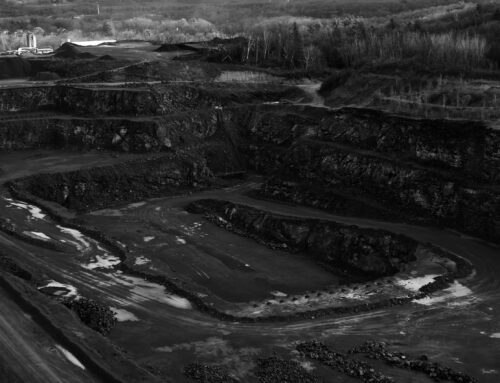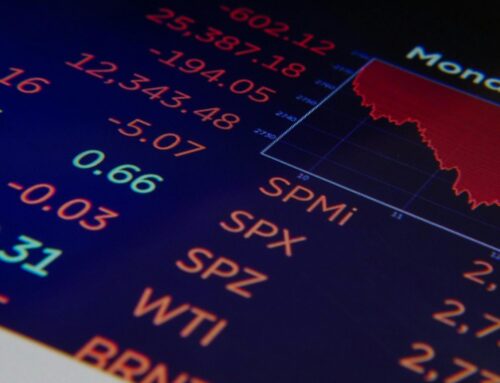
Silver, a precious metal with a rich history and diverse applications, has captivated humanity for millennia. From its use in ancient coinage to its crucial role in modern technology, silver’s unique properties and enduring value make it a fascinating commodity. This blog post explores the journey of silver, from its mining and processing to its various industrial uses and the chemical properties that underpin its importance.
The Silver Trail: From Mine to Market
Silver’s journey begins deep within the earth’s crust. It’s often found in conjunction with other metals like gold, copper, and lead, typically in sulfide ores. The mining process varies depending on the type and location of the ore deposit. Here’s a simplified overview:
-
Exploration and Evaluation: Before mining begins, geologists explore potential sites, conducting surveys and drilling to assess the size and quality of the deposit. This phase is crucial for determining the economic viability of the project.
-
Mine Development: Once a viable deposit is identified, the mine is developed. This can involve open-pit mining for deposits near the surface or underground mining for deeper deposits. Underground mining is more common for silver and involves creating shafts and tunnels to access the ore.
-
Extraction: The ore is extracted using various methods, including drilling and blasting for hard rock or mechanical excavation for softer ores.
-
Processing: The extracted ore undergoes several stages of processing to separate the silver from the other minerals. This typically involves:
- Crushing and Grinding: The ore is crushed and ground into a fine powder to increase the surface area for subsequent processing.
- Flotation: This process separates the valuable minerals from the waste rock (gangue) by using frothing agents and air. The silver-bearing minerals adhere to the froth and are collected.
- Leaching: In some cases, leaching is used to dissolve the silver from the ore using a chemical solution, such as cyanide. This solution is then separated from the waste rock.
- Precipitation: The silver is then precipitated from the leaching solution using a process called the Merrill-Crowe process, where zinc dust is added to the solution, causing the silver to precipitate out of the solution.
- Smelting (for sulfide ores): If silver is present in sulfide ores, the concentrate from the flotation process is often smelted to remove impurities and produce a more concentrated silver-bearing material.
-
Refining: The silver produced from the previous steps still contains impurities. Refining is necessary to achieve the high purity levels required for most industrial applications. Common refining methods include:
- Electrolysis: This is the most common refining method and involves passing an electric current through a silver-containing solution. The silver is deposited on the cathode, while impurities remain in the solution.
- Distillation (for pyrometallurgical refining): Distillation is used to remove volatile impurities from the silver.
Global Silver Production: Who Leads the Way?
Several countries are major players in the global silver mining industry. Historically, Mexico has been a dominant producer, often vying with Peru for the top spot. Other significant silver producers include China, Chile, Australia, and Russia. Fluctuations in production can occur due to various factors, including changes in mining regulations, resource depletion, and global demand. It’s important to consult up-to-date resources for the most current production figures.
Silver Trade: The Flow of the White Metal
The global silver market is dynamic, with silver flowing between countries based on supply and demand. Major importers of silver include industrialized nations with significant manufacturing sectors, particularly those involved in electronics, jewellery, and investment. The United States, India, and Germany are often among the top importers.
Exporters of silver are typically countries with significant mining operations. As mentioned earlier, Mexico, Peru, and other major producers are also significant exporters. The flow of silver is influenced by factors like industrial demand, investment trends, and currency exchange rates.
From Mine to Market: The Silver Supply Chain
After the mining and refining process, silver takes various forms depending on its intended use.
- Bullion: For investment purposes, silver is often cast into bars, rounds, or coins of high purity.
- Granules or Powder: For industrial applications, silver may be produced in the form of granules or powder, which can be easily incorporated into manufacturing processes.
- Fabricated Products: Silver is also used to manufacture a wide range of products, including jewellery, silverware, electrical components, and medical devices.
The silver supply chain involves various players, including mining companies, refiners, fabricators, distributors, and, ultimately, the end consumers.
Silver’s Industrial Significance: A Modern Essential
Silver’s unique properties make it indispensable in numerous modern industries:
- Electronics: Silver’s high electrical conductivity makes it crucial in circuit boards, connectors, and other electronic components. While the quantity of silver used in each component is small, the sheer volume of electronic devices produced globally makes this a significant application.
- Solar Panels: Silver is a key component in photovoltaic cells used in solar panels. Its excellent conductivity enhances the efficiency of converting sunlight into electricity. As the world moves towards renewable energy, the demand for silver in this sector is expected to grow.
- Jewellery and Silverware: Silver has been used for centuries in jewellery and silverware due to its beauty, malleability, and resistance to corrosion.
- Photography: While digital photography has reduced the demand for silver in traditional film, silver halides are still used in some specialized photographic applications.
- Medical Applications: Silver has antimicrobial properties, making it useful in medical devices, wound dressings, and coatings for implants. Silver nanoparticles are also being explored for their potential in drug delivery and other medical applications.
- Brazing and Soldering Alloys: Silver is used in brazing and soldering alloys due to its excellent wetting properties and ability to create strong joints.
- Catalysis: Silver acts as a catalyst in certain chemical reactions, making it useful in some industrial processes.
The Chemical Prowess of Silver: Unveiling its Industrial Significance
Silver, a lustrous white metal, has captivated humanity for centuries, not only for its aesthetic appeal but also for its remarkable chemical properties that underpin its diverse industrial applications. Let’s delve into the specific chemical characteristics that make silver such an indispensable element in our modern world.
Silver’s importance stems from a combination of its unique chemical and physical properties:
- High Electrical Conductivity: Silver is the best conductor of electricity among all metals. This property is crucial in electronic applications.
- High Thermal Conductivity: Silver is also an excellent conductor of heat, making it useful in applications where heat transfer is important.
- Malleability and Ductility: Silver is highly malleable (can be hammered into thin sheets) and ductile (can be drawn into wires). These properties make it easy to work with and shape.
- Reflectivity: Silver has high reflectivity, making it useful in mirrors and other optical devices.
- Antimicrobial Properties: Silver ions have antimicrobial properties, making silver useful in medical applications. The exact mechanism of action is still being researched, but it’s believed that silver ions disrupt the cellular processes of microorganisms.
- Chemical Inertness: Silver is relatively chemically inert, meaning it does not readily react with many substances. This contributes to its durability and resistance to corrosion. However, it can react with certain substances, such as sulfur, leading to tarnishing.
The Future of Silver: A Balancing Act
The future of silver is tied to various factors, including global economic growth, technological advancements, and investment demand. The increasing use of silver in solar panels and electronics is expected to drive demand in the coming years. However, fluctuations in the global economy and the development of alternative materials could impact demand.
Silver’s role as both an industrial metal and an investment asset creates a complex dynamic. Investor demand can influence the price of silver, which in turn can affect mining production and industrial use.
Conclusion: A Metal of Enduring Value
Silver, with its unique blend of properties and diverse applications, remains a vital commodity in the modern world. From its use in cutting-edge technology to its enduring appeal in jewellery and investment, silver continues to play a significant role in our lives. Understanding the journey of silver, from its extraction to its various uses, provides valuable insights into this fascinating and precious metal.


